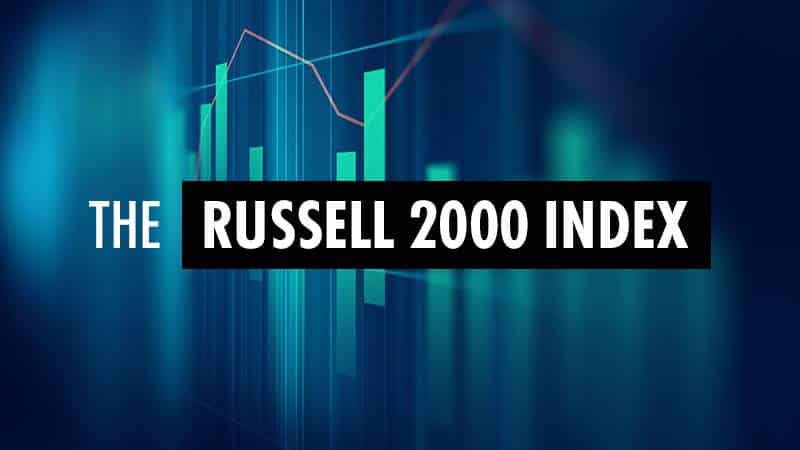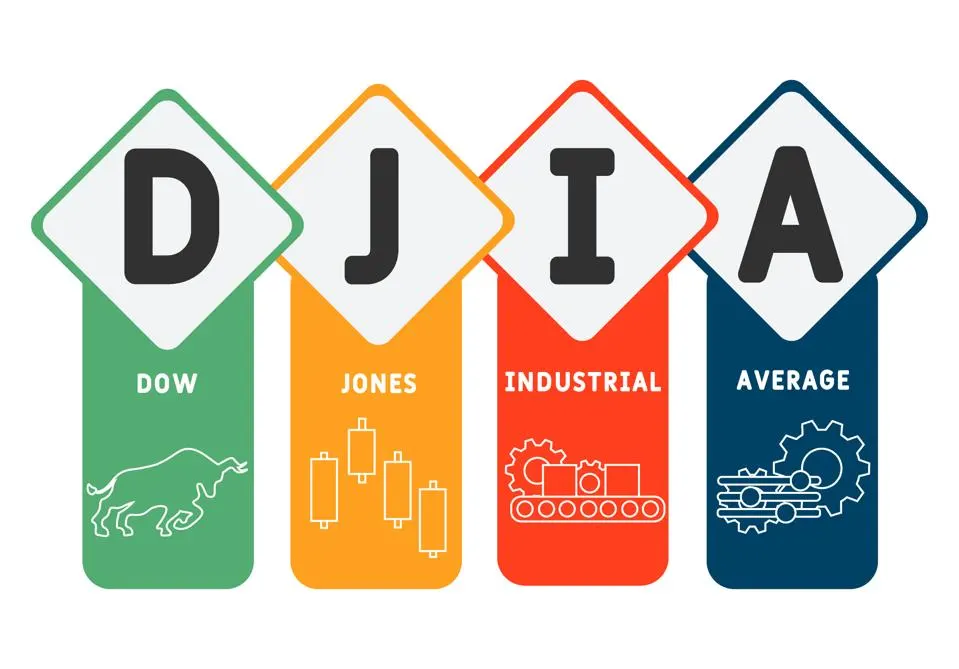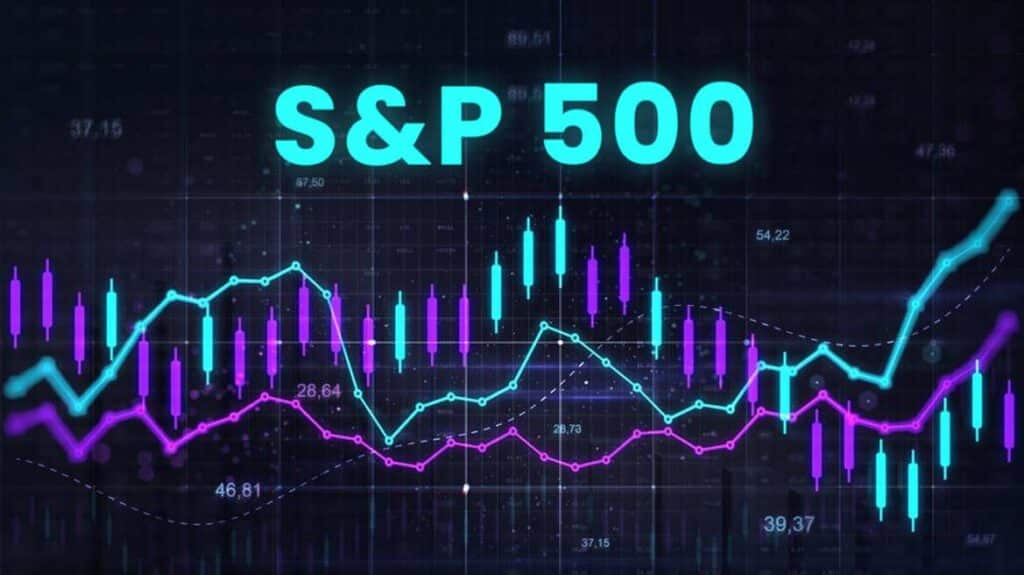U.S. Futures Sink as Tariffs Shake Global Markets – What’s Moving Markets
On February 3, 2025, U.S. futures experienced a noticeable decline following a sudden announcement of new tariffs by President Donald Trump. This development has caused a ripple effect across global markets, illustrating the interconnected nature of international trade and finance. As investors react to these changes, it’s important to understand what’s driving these shifts.
What’s Happening?
The U.S. has announced fresh tariffs targeting some of its closest trading partners, including Canada and Mexico. These unexpected tariffs have sparked concerns of a possible trade war, echoing market tensions from previous years when tariffs played a significant role in market volatility.
Key Market Reactions
- U.S. Stock Futures Decline: In response to the tariff announcement, U.S. stock futures saw a decrease, underscoring investors’ worries about potential impacts on international trade relations and economic growth.
- Global Market Impact: The stock markets aren’t the only ones reacting. The effect has been felt globally, with European and Asian markets also experiencing downturns, reflecting broader concerns over economic stability.
- Currency Movements: Following the tariffs, the U.S. dollar surged as a perceived safe haven, while other currencies like the euro and Canadian dollar saw depreciations. This movement illustrates how geopolitical developments can heavily influence currency markets.
What’s Next for Investors?
Investors are now focusing on upcoming corporate earnings and U.S. payroll data for indications of economic strength amidst this uncertainty. Companies with significant exposure to international markets may face increased scrutiny as analysts assess the potential impacts from disrupted trade flows.
For those involved in stock trading, this latest development serves as a reminder of the dynamic and unpredictable nature of the markets. It’s crucial to remain informed and consider diversification strategies to mitigate risks associated with political and economic changes.
Balancing Risk and Opportunity
While some investors might be deterred by the possibility of a deeper trade conflict, others may see opportunities to capitalize on market movements. Understanding sectors most affected by tariffs can be beneficial. For example, industries reliant on cross-border trade, such as automakers, could be vulnerable to increased costs and supply chain disruptions.
In conclusion, the announcement of tariffs by President Trump has resulted in significant market shifts, not only within the U.S. but globally. Staying informed and actively managing your investment strategy can help navigate these turbulent times, emphasizing the ongoing need for vigilance and adaptability in the fast-paced world of investing.
Today’s Top Analysis: Navigating Market Trends and Opportunities
The stock market can be quite a tempestuous journey, swayed by political moves, economic shifts, and global dynamics. Today’s top analysis delves into these influential aspects, shedding light on potential market movements, economic strategies, and historical parallels. Let’s break down the key analyses from today to help you navigate your investing decisions with confidence.
History to Repeat? Tariffs, Fed Clashes, and Market Trends From 1965 to Today
In this intriguing analysis, we explore the possibility that history could be repeating itself with the latest imposition of tariffs by the U.S. government. This analysis draws parallels between the current economic climate and past events from 1965 onwards, highlighting how tariffs, Federal Reserve policy clashes, and significant market trends have shaped the financial landscape. Understanding these patterns can offer valuable lessons to investors on how to brace for potential market shifts and capitalize on emerging opportunities.
US Dollar Bulls Eye Key Resistance Levels as Tariff Fears Drive Flight to Safety
This piece delves into the currency markets, specifically focusing on the U.S. dollar. As tariff uncertainties heighten, investors often seek safer havens, such as the U.S. dollar. The analysis explains how bullish investors are closely watching critical resistance levels of the dollar, seeking potential profit opportunities amid the global economic jitters. It emphasizes the importance of being aware of the market sentiment and the technical levels at which the dollar might face fluctuations.
US Dollar Surges as Trump’s Tariffs Bite – EUR, CNH Slide, CAD Slumps to New Lows
Continuing with currency fluctuations, this analysis highlights the significant impact of recent tariffs on major currencies such as the euro (EUR), the Chinese yuan (CNH), and the Canadian dollar (CAD). As the U.S. dollar strengthens in response to political and economic tensions, these other currencies have experienced declines. This analysis provides insights into the broader implications of currency movements on both global trade and individual investments.
European Stocks Could Gain as Political Trends Reshape Investment Opportunities
Shifting over to regional equities, this analysis explores how current political trends might reshape European investment opportunities. Despite global trade tensions and potential market headwinds, there are areas within Europe where positive political changes could fuel stock market gains. For investors with a keen eye on international markets, this analysis provides a nuanced perspective on where to potentially allocate resources for growth.
Is This the Beginning of Trade War 2.0?
Finally, this provocative analysis raises the question of whether the new tariffs mark the onset of a full-blown trade war. By examining recent decisions and their precedents, the analysis attempts to provide a balanced view of the potential economic ramifications of escalating trade tensions. Investors are advised to consider the complexities and ripple effects of these policies on the global market landscape, as well as potential strategies for mitigating risks associated with heightened economic hostilities.
As you can see, today’s top analysis pieces offer a rich tapestry of insights to help you maneuver through the complexities of the current investing environment. Whether focusing on currency movements, stock opportunities, or understanding historical patterns, each piece provides a valuable lens for making informed investment decisions.
5 featured stocks in 2025
Understanding Today’s Market Movements
Let’s dive into what’s shaping the financial landscape today, focusing on the new tariffs announced by the U.S. government and their wide-ranging impact on various markets.
U.S. Stock Futures on a Downward Spiral
In today’s market, U.S. stock futures have taken a hit following the announcement of fresh tariffs by the U.S. administration. These tariffs target some of America’s closest trading partners, including Canada and Mexico. As a result, investor sentiment has soured, leading to a slump in stock futures. If you’re relatively new to investing, understanding futures can be important. Simply put, futures are financial contracts obligating the buyer to purchase, or the seller to sell, an asset at a predetermined future date and price. They’re widely used as a way to hedge risks within the financial markets.
The Dollar’s Strengthening Amid Trade Tensions
Adding another layer to today’s market activities, the U.S. dollar has surged in response to the tariff announcement. It’s not uncommon to see the dollar strengthen in situations where there’s uncertainty or risk, as investors often seek stability in the U.S. currency. However, this surge has led to the euro and other currencies like the Chinese Yuan (CNH) and the Canadian dollar (CAD) taking a hit, marking new lows. For those puzzled by the terms, CNH refers to the offshore version of the Chinese yuan, traded more freely.
Bitcoin’s Retreat Continues
Turning to cryptocurrencies, the price of Bitcoin has notably dropped to $94k after the tariff news. This drop is part of a broader sell-off across various global markets. Cryptocurrencies like Bitcoin often experience heightened volatility during times of economic uncertainty, similar to more traditional stocks and securities.
Automaker Stocks Feeling the Pressure
Stocks within the automaker industry are also experiencing pressure, reacting to concerns over how these new tariffs might impact global trade and manufacturing. Companies within this sector depend heavily on international supply chains and global markets. Disruptions caused by tariffs can lead to increased costs and complexity in maintaining these supply chains, impacting profitability and stock prices.
S&P 500 Faces Potential Decline
Lastly, there’s a noted risk for the S&P 500 index, with experts like those at RBC hinting at a possible decline ranging from 5-10%. The looming possibility of a trade war can heighten uncertainty and negatively influence business investments and consumer confidence, which are key drivers of stock market performance.
In summary, today’s headlines reflect a complex interaction of international trade policies influencing financial markets. As an investor, staying informed about these developments is essential to making educated decisions. Whether you’re just starting with stocks or have been trading for a while, understanding how global events like tariffs can ripple through different markets helps build a solid foundation for your investment strategies.
Remember to research and keep an eye on these changing dynamics as they unfold. While the current mood might seem bearish, these market movements also present opportunities for those willing to adapt and learn.
For more insightful and detailed discussions, keep exploring our resources and expert analyses at Learn by Rose. We’re here to guide you through your investing journey, step by step.








